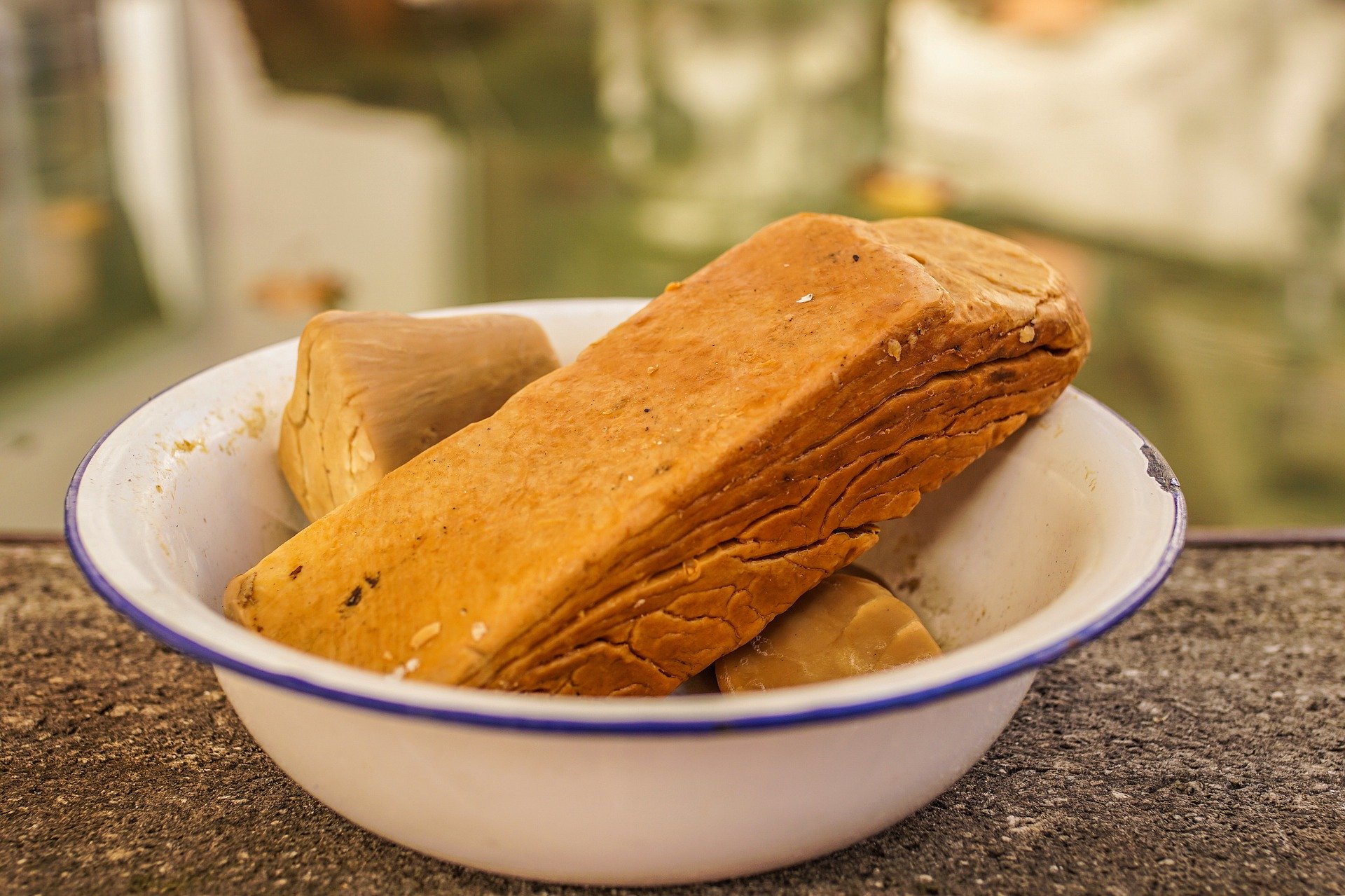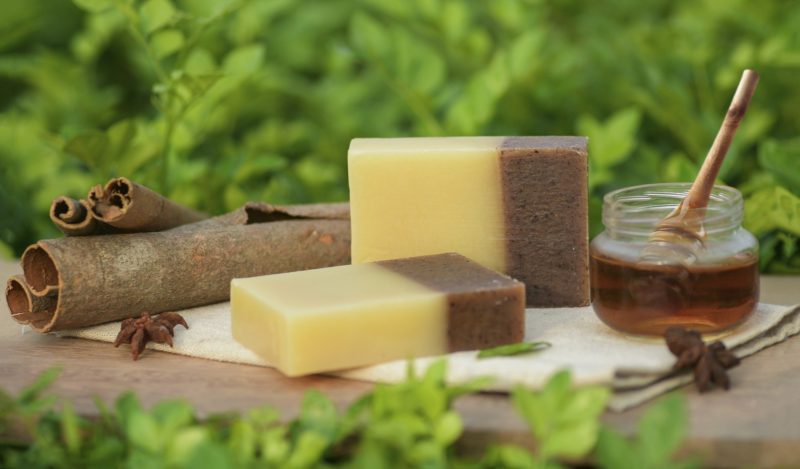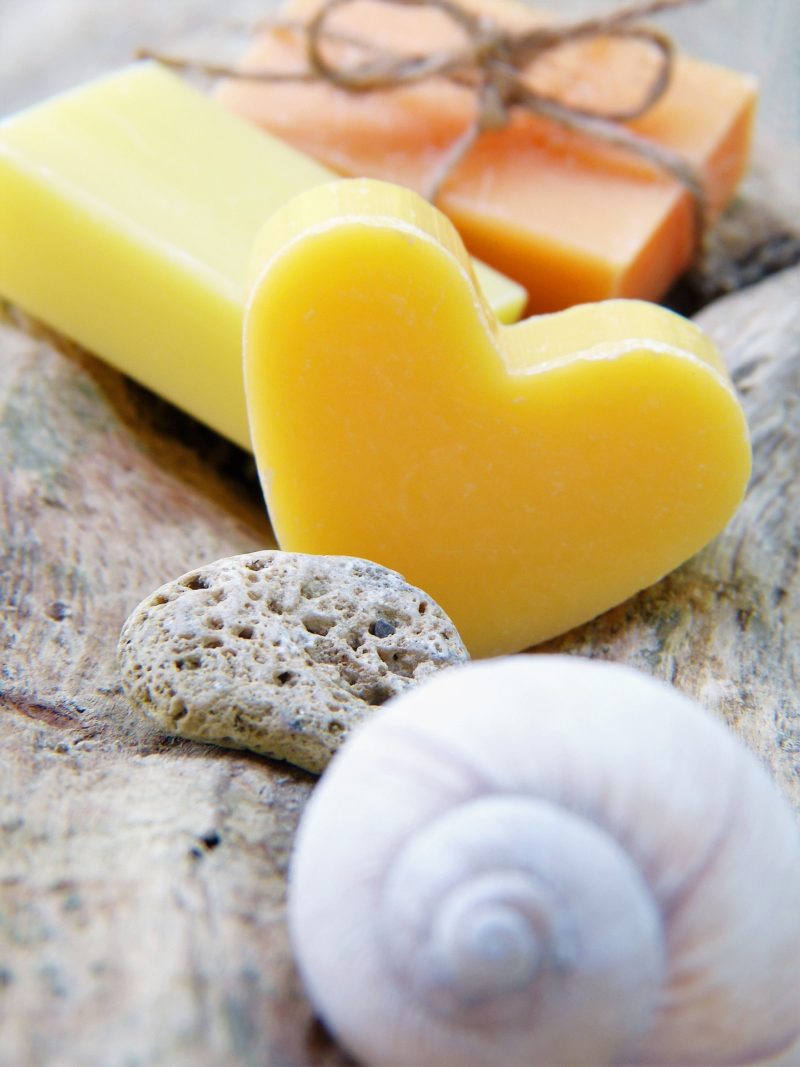Your cart is currently empty!
Creating Your Own Soap

I have found that during this difficult time of the Coronavirus, with many people unable to work and staying home, it pays to be creative and learn some skills that may help you stock up right from your own pantry rather than going to the store. Although going to the store is convenient, think of how good it would feel to use a product of your own creation?
In this post I want to help you learn some simple ways to make handmade soap. Many handmade soaps contain a chemical called lye, but I will attempt to show you easier soap making without lye.
Lye Soap
As a teen, I was shown by my great aunt how to create soap from scratch using lye and fat. Lye is an alkali chemical that breaks down the fat creating the actual soap base. However, lye is very acidic and must be handled with extreme care because it can burn you. It is best never to inhale it, or touch it without gloves.
I can remember using the lye mixed with pork fat when my aunt was teaching me to make soap. When we put the lye in water it created a steam for a moment and my aunt informed me not to stand too close. It burned my nostrils with its pungency.
I did not enjoy this part of the process, but wanted to understand how to create soap the old fashioned way. Our soap ended up very nice and I took several bars home. My mom still has some of this soap in her laundry area at home. It has lasted more than 15 years!
Lye is available in the stores even Walmart carries it, so if you have your heart set on learning the old fashioned way of lye soap making, you have ready access to it easily. Just be sure you are ready to handle with care and I recommend never using it around children.
Soap Without Lye
It is possible to create some wonderful soaps with soap bases which you can find on Amazon, or in your local craft store. Because most of our local craft stores are closed currently, I would recommend using Amazon or another website to order from. Here is a good link I researched for you that has goats milk soap base available for you on Amazon.
Origins of Soap Making
Origins of soap making go back many thousands of years, some historical data showing it’s beginnings in Sumeria 5000 years ago and in Egypt during its great civilizations.In the ancient days, ashes which were the alkali component were often mixed with animal fats or oils to create soap.
Adding Ingredients
There are a number of great ingredients you can add to your soap base:
- Herbs
- Dried Flowers
- Essential Oils
- Oatmeal
- Dried fruits
- Seeds
- Salts or Sugars
Imagine the possibilities! You could be lathering up with some of your favorite scents and ingredients in no time! Let me give you a simple recipe below for melt-and-pour soap.
No Lye Soap
You will need:
- glass bowl for melting soap base or double boiler
- herbs, dried fruits, flowers etc.
- essential oils (you’ll use around 30 drops)
- silicon molds or loaf pan with waxed paper or cut out milk carton. (silicon molds can be found online or in stores)
For this first recipe we will go without color for your soap. Sometimes, the natural ingredients you use will color the soap. You can use coffee, teas or certain minerals to naturally color the soap, or you can use dye such as Rit Dyes. But if you are like me, you’ll enjoy using natural colorants or leaving it creamy with just the herbs or flowers to color it.

Basic Honey Lavender Flax and Goat Milk Soap
- Step 1: Measure out 1 lb of soap base (this is usually half the block) cut in 1/2 inch cubes. It will cut easily for you as it is soft.
- Melt soap base in glass bowl or measuring cup for 30 seconds at a time in microwave or double boiler.
- Add 2 to 5 tbsp of honey
- 1/2 tsp of flax seed or milled flax.
- 30 drops pf lavender essential oil
- Pour mixture into molds and let cool and set for approx. 30 minutes to 2 hours.
- If using a loaf pan, you will want to slice your soap into bars after it sets. It should set in 30 minutes to 2 hours. You could use a muffin pan for round soaps. Just be sure to use wax paper.
- Wrap and store soap in plastic wrap or in ziploc bags for up to two years.
Honey is a natural antibacterial and is helpful with many skin ailments including acne. So is lavender. Lavender scent is known to be relaxing and stress relieving as well. Flax seed or milled flax is a good exfoliant for skin.
Some good essential oils to keep in mind for relaxation or for invigorating are:
- Orange Oil (invigorating)
- Peppermint Oil (invigorating and soothing)
- Eucalyptus Oil (invigorating)
- Lemongrass (invigorating)
- Lavender (relaxing)
- Rose (relaxing)
- Rosemary (can be invigorating and relaxing)
- Frankincense (relaxing and earthy)
- Ylang Ylang ( relaxing)
There are many, many essential oils to choose from out there. Go explore and see what you might find. If you can’t find anything or do not have access to oils, try just using dried herbs and fruits to scent your soaps.
I found some great recipes while researching for this post and came across this super simple one for you. Made with turmeric powder and orange oil it has a host of skin benefits and is a great way to get a nice golden color to your soap naturally.
I hope you enjoy creating your own homemade soaps and find it fun and relaxing time by yourself or with family. And always keep in mind, you won’t have to stand in irritation before an empty soap shelf now at the store! You’ll have a great stash of your own!!
Please leave me comments below if you enjoyed and made your own soap or if you just enjoyed this post!

